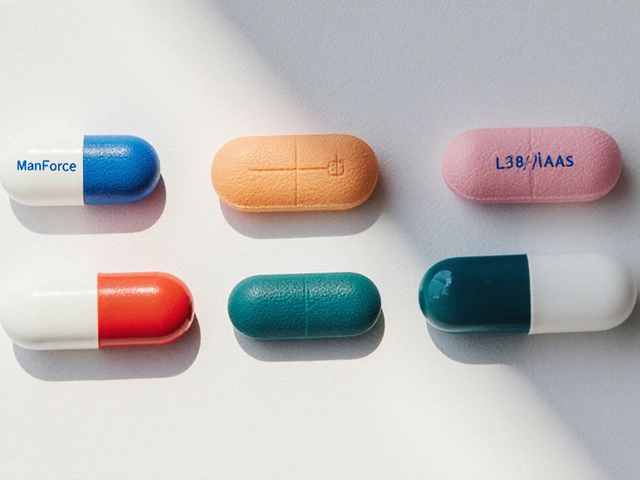Food sensitivities: what they feel like and what to do next
Do you feel bloated, foggy, or tired after meals but tests keep coming back normal? That’s often food sensitivity. It’s not the same as a food allergy — you won’t usually have hives or trouble breathing — but it can still wreck your day. This page helps you spot common triggers, choose sensible tests, and try simple fixes that actually work.
Food sensitivity shows up in many ways. The most common are bloating, gas, stomach pain, loose stools or constipation. But you can also see headaches, brain fog, joint aches, rashes, and low energy. Symptoms often show up hours after eating, which makes the cause hard to spot.
Common triggers and how they act
Some foods cause predictable problems:
- Dairy — lactose intolerance is common. Symptoms start after milk, ice cream or soft cheese.
- Gluten — non-celiac gluten sensitivity can cause gut and brain symptoms, though tests for celiac disease should be done first.
- FODMAPs — certain carbs in beans, garlic, onion, apples and wheat can ferment and cause bloating.
- Histamine-rich foods — aged cheese, smoked fish, wine and fermented foods can trigger headaches, flushing, or itchy skin in some people.
- Additives — some people react to sulfites, MSG, or artificial sweeteners.
Knowing the likely trigger narrows your testing and makes changes easier.
Quick tests and when to see a doctor
The most useful first step is a food diary. Write what you eat and note symptoms and timing for 2–3 weeks. That often reveals patterns faster than any lab test. If you suspect lactose, try a short trial of lactase pills or switch to lactose-free milk for a week. For suspected celiac disease, get blood tests before you change your diet.
Gold-standard testing for sensitivity is an elimination diet: remove the suspect food for 2–6 weeks, then reintroduce it in a controlled way and watch for symptoms. Breath tests can confirm lactose or fructose malabsorption. Skin-prick or IgE blood tests are for true allergies. Be cautious with commercial IgG food panels — many experts say they’re unreliable and can lead to unnecessary restrictions.
See a doctor if you have severe reactions (trouble breathing, swelling), unintentional weight loss, blood in stool, or symptoms that don’t improve with simple changes. A clinician can order proper tests and rule out conditions like celiac disease, IBS, or inflammatory bowel disease.
Simple management steps you can try today: keep a food diary, try a short elimination (one food at a time), use lactase for dairy, reduce high-FODMAP foods if bloating is the main issue, and read labels to avoid known additives. Consider working with a dietitian for longer plans so you don’t cut out nutrients you need.
Small, practical changes often make the biggest difference. If you need more detailed guides—like low FODMAP plans or which lab tests matter—keep exploring our articles or talk to your healthcare professional.

I recently explored the fascinating connection between skin irritations and food sensitivities. It turns out that certain foods can cause or exacerbate skin issues like eczema, acne, and rashes. This happens because our body reacts to these trigger foods by releasing inflammatory chemicals, which can manifest as skin problems. Identifying and eliminating these foods from our diet can significantly improve our skin health. So, it's definitely worth paying attention to what we eat and how it affects our skin.






